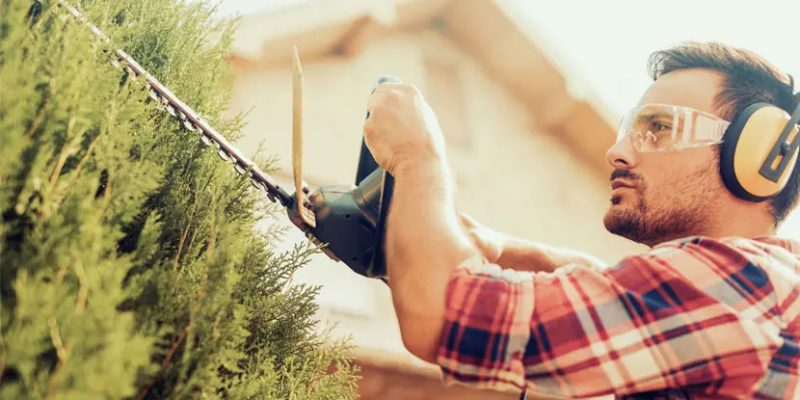Living With Vision Loss in One Eye
By Kierstan Boyd for the American Academy of Ophthalmology Published Sep. 30, 2024
If you have vision in only one eye, it is very important to protect that eye. Keeping your good eye healthy and safe protects your lifestyle too. Without adequate vision in your functioning eye, you may no longer be able to:
- Work
- Read
- Drive
- Play sports
- Enjoy certain social activities
- Live independently
Ways To Protect Your Eye
Always wear “impact resistant” eyeglasses—whether you need them for vision correction or not.
Wearing glasses can offer protection even when you think you do not need it. Even simple, everyday objects like pencils or rubber bands can pose a risk to your eye. Your glasses should have sturdy, non-breakable frames. They should have lenses made out of a material called “polycarbonate” that is strong and less likely to shatter.
If you don’t need eyeglasses to correct your vision, you can still wear them without a prescription (called “plano” lenses) for eye protection.
Take care around the house.
Wear impact resistant glasses or safety goggles when repairing things, mowing the lawn or doing hobbies. Even though home feels like a safe place, keep your eye protected from unexpected accidents.
Consider not playing “high-risk” sports.
These include sports where there is a lot of physical contact or fast-moving objects. It is recommended that you avoid boxing, wrestling and full-contact martial arts like karate. You should also reconsider playing basketball, football, baseball or racquet sports.
If you do play these high-risk sports, wear the right kind of protective eyewear.
Have regular eye exams to keep your eye healthy.
When you have vision in one eye, it is very important to keep it healthy. See your ophthalmologist at least once a year (or more often as they recommend). That way they can find and treat eye problems before they threaten vision.

